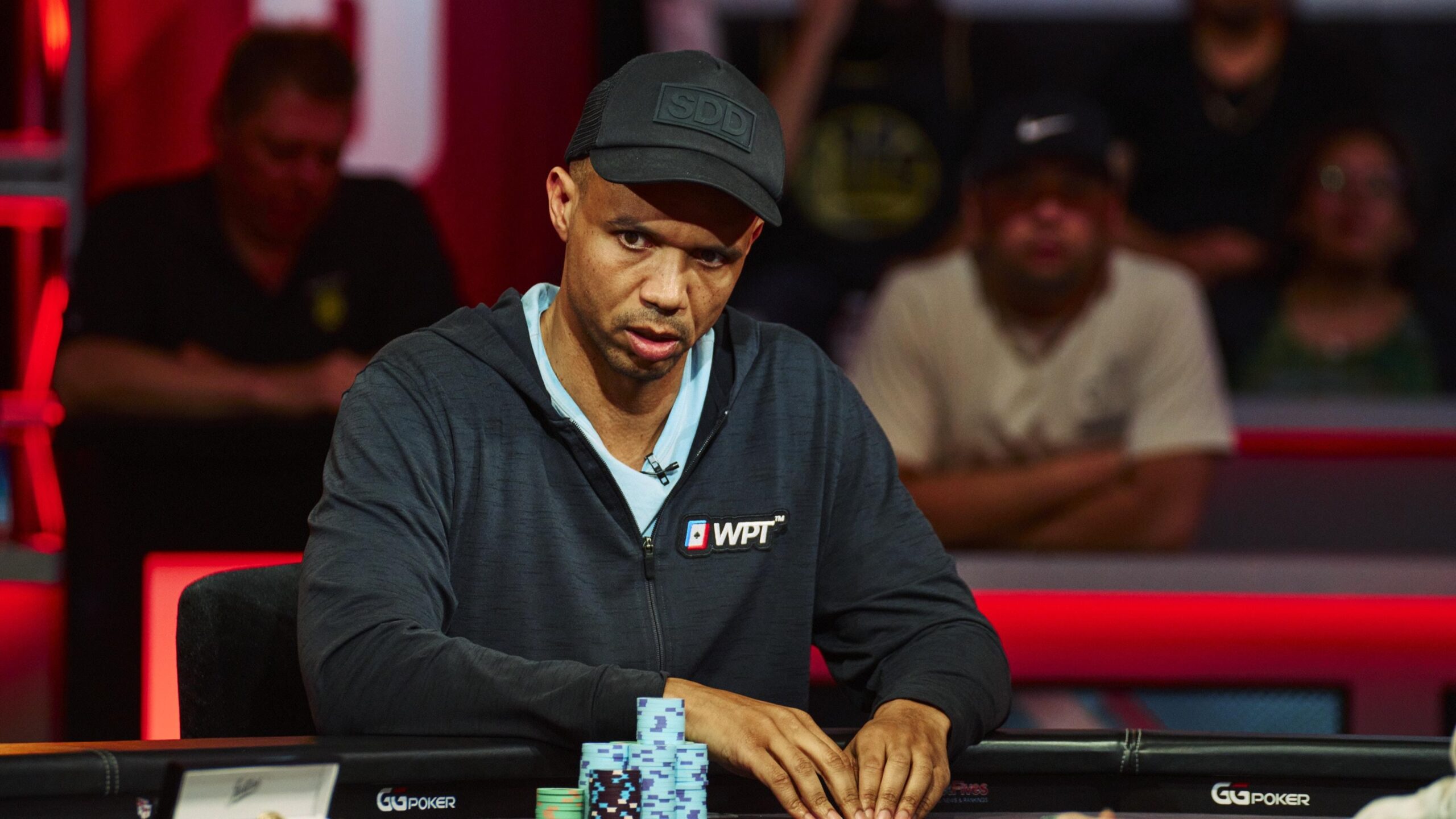Poker tournaments are intense, high-stakes battles of wits, patience, and strategy. Whether you’re a seasoned player or a beginner looking to improve your skills, understanding the ins and outs of poker tournaments can significantly boost your chances of success. In South Africa, poker has gained massive popularity, with tournaments offering some of the most exciting action. So, what does it take to win? Let’s dive into the best strategies for conquering South African poker tournaments.
Understanding the Basics of South African Poker Tournaments
Poker tournaments in South Africa have gained immense popularity over the past decade, especially with the rise of major events held at renowned casinos like Montecasino and Sun City. Before you can master winning strategies, it’s essential to have a solid understanding of how these tournaments are structured. Typically, every player buys into the tournament for a set amount and receives an equal starting stack of chips. These chips don’t represent real money during gameplay but are the currency used to measure a player’s standing throughout the event. Everyone begins on an even playing field, and the goal is to accumulate as many chips as possible while eliminating other players.
Another critical element of South African poker tournaments is the use of blind levels. The blinds are forced bets that rotate around the table, and they increase at regular intervals—usually every 15 to 30 minutes, depending on the tournament’s pace. As blinds rise, the pressure to act grows stronger because simply sitting back and waiting for premium hands becomes less viable. Players are forced to adjust their strategies frequently to stay afloat, adding a layer of intensity and quick decision-making that separates skilled players from the casual ones. Knowing when and how to adapt to rising blinds can make the difference between an early exit and a deep run into the final tables.
Elimination is straightforward but brutal: once a player loses all their chips, they are out of the tournament. There’s no buying back in for most standard tournaments, which makes every decision count even more. This sudden-death format demands a balance between aggression and caution, as one wrong move could cost you your tournament life. It’s what makes tournament poker such a thrilling and mentally demanding sport. Players must be constantly aware of their stack size relative to others, shifting their tactics as they move from the early stages into the more cutthroat later rounds where every chip carries immense weight.
Patience: The Key to Long-Term Success
Poker tournaments can feel like a marathon rather than a sprint. In the early stages, you’ll have deep stacks of chips and the blinds will be low, so there’s no rush to make big moves. Instead, this phase is all about survival and building a foundation for the more intense, aggressive stages of the tournament. Patience is the key here, and understanding how to manage your play during these initial stages can set you up for long-term success. Let’s take a closer look at the critical actions you should focus on during the early stages:
- Play Tight: In the early stages, it’s essential to play a tight strategy. This means only playing strong starting hands and avoiding speculative hands that could drain your chip stack. Tight play helps you preserve your chips for better spots later on and reduces the risk of making costly mistakes early in the tournament.
- Don’t Force the Action: You might feel the urge to be involved in every pot, but this can be a costly mistake. In the early levels, it’s better to sit back and wait for premium hands rather than forcing action with weaker ones. By avoiding unnecessary risks, you protect your stack and set yourself up for better opportunities as the blinds increase.
- Observe Your Opponents: Pay close attention to your opponents’ behaviors. Are they aggressive or conservative? Do they tend to fold frequently, or do they seem to chase hands? By observing their tendencies, you’ll gain valuable information that will allow you to adjust your strategy as the tournament progresses. This is key to identifying patterns and exploiting weak players later on.
- Control Your Emotions: The early stage is crucial in terms of maintaining emotional control. Don’t get too excited after a win, and don’t get frustrated after a loss. It’s easy to fall into a cycle of emotional decisions, but staying focused and patient will help you make better choices and avoid reckless plays.
- Adjust to Your Table: Every table is different. Some players may be more aggressive, while others may be more passive. Take the time to adjust to the dynamics of your table. For example, if your opponents are consistently aggressive, you may want to tighten your range and play only strong hands. If they’re passive, you can use that to your advantage by stealing blinds and pots with well-timed bets.
- Don’t Bluff Too Much: While bluffing is an essential part of poker, it’s a risky move in the early stages of a tournament. You haven’t gathered enough information about your opponents yet, so bluffing can backfire if your opponents are more experienced or simply refuse to fold. Instead, focus on playing solid hands and gathering information, and save your bluffs for later in the tournament when you have a better read on your opponents.
- Focus on Position: The importance of position cannot be overstated, even in the early stages. Playing in a later position allows you to observe how other players act before you make your move. This gives you more information and enables you to make more informed decisions. Make sure you’re using your position wisely to capitalize on favorable situations.
Position Is Everything
| Position | Description | Strategic Approach | Advantages | Disadvantages |
| Early Position (EP) | This is the position directly after the blinds, with players acting first in the betting round. | You’ll need to play more conservatively and only enter pots with premium hands. | Limited information to base your decisions on. | Easier for opponents to react to your bets, higher risk of being outplayed. |
| Middle Position (MP) | Located between early and late positions, providing a balance of information. | You can expand your hand range and use more strategies based on your opponents’ moves. | Greater flexibility in hand selection and strategic choices. | You still don’t have full information on how players in late positions will act. |
| Late Position (LP) | The positions closest to the dealer button, acting last in the betting rounds. | This is the best position for aggression. You can use information gained from earlier actions and play more aggressively. | Maximum information available on opponents’ actions, ability to control the pot size. | Opponents might take advantage of your aggressive style, making you predictable. |
| Blinds | The small blind and big blind positions are forced bets and the first to act before the flop. | You’re typically forced into action, so it’s essential to play cautiously. | You get to see a flop for a relatively cheap price (small blind) or with a large bet (big blind). | Out of position after the flop, making it tough to control the action. |
| Dealer (Button) | The position directly on the dealer button, acting last in all betting rounds. | A dominant position with the ability to assess how all players act before making decisions. | Ultimate advantage as you have all information available to make the best possible decision. | Being last to act can sometimes tempt you into playing too aggressively, potentially misreading opponents. |
Adjusting Your Play for the Blinds
As a South African poker tournament progresses, the blinds will steadily increase, and this is when players must start adapting their strategies accordingly. The early stages with low blinds offer plenty of room for caution and careful planning. Players can afford to be conservative, slowly building their stacks by picking their spots. During this phase, it’s essential to target weaker players and seize opportunities to steal the blinds when the table dynamics favor such moves. Even though the pressure to act hasn’t fully built up yet, seizing these smaller pots can help you accumulate chips without taking unnecessary risks. While playing conservatively might seem like a safe option, remember that it’s also a great time to observe your opponents’ tendencies and gather information about how they play.
As the blinds increase and you enter the mid-level blinds stage, the dynamics of the tournament begin to shift. Your chip stack will have likely dwindled somewhat, and the pressure starts to mount. At this point, sitting back and waiting for premium hands becomes a more dangerous strategy. The blinds now force you to be more active, and it’s essential to adjust your play by taking more calculated risks. You should start looking for opportunities to make aggressive moves, especially against players who are likely to fold. If you’re in a relatively strong position, it’s a good time to make a move by stealing the blinds or increasing your stack by pushing players off pots when they seem weak. Success during this phase often comes down to making the right moves at the right time, picking spots where you can win without putting yourself in danger of being eliminated.
When the blinds reach the high levels, the game enters a critical phase where survival becomes the primary goal. At this point in the tournament, your stack may have been reduced further, and sitting back to wait for a perfect hand is no longer a viable strategy. The blinds are high enough that you need to act quickly to avoid being blinded out of the tournament. Playing aggressively becomes a necessity, as it is crucial to either build your stack or risk elimination. High blinds demand bold moves—whether it’s making a big raise to steal the blinds or putting pressure on opponents with weaker hands. You’ll have to be more aggressive with a wider range of hands because there’s no time to wait for a premium hand. The goal is to accumulate enough chips to stay relevant in the game and avoid getting blinded out.
Hand Selection and Bet Sizing
In poker tournaments, selecting the right hands to play and understanding how to size your bets is a crucial skill. The best players know when to fold, when to call, and when to raise, making these decisions based on position, chip stack, and the tendencies of other players. Below are the guidelines to help you make the right decisions when it comes to hand selection and bet sizing:
- Premium Hands
- Pocket Aces (AA), Pocket Kings (KK), Ace-King (AK): These are considered power hands and should almost always be played aggressively. These hands have the potential to win large pots, and raising or re-raising with them can help build your stack early in the tournament. Don’t shy away from being aggressive with these hands, especially in early and mid positions.
- Suited Connectors
- Hands like 7♠ 8♠ or 9♣ 10♣: Suited connectors are valuable because they give you the chance to make straights or flushes, which can significantly increase your chip stack. These hands are particularly effective when played from later positions, as they allow you to control the pot size and play more conservatively. Since they can hit multiple types of hands, they have the potential to be more profitable than other hands when the right board hits.
- Pocket Pairs
- Small Pocket Pairs like 2♠ 2♣ or 7♥ 7♠: Small pocket pairs can be tricky to play. In early positions, it’s often better to fold these hands unless you’re in a low-stakes tournament where players are more prone to making mistakes. In late positions, however, you can consider making a small raise with these hands, especially if the players ahead of you have shown weakness. The goal is to see if you can hit a set (three of a kind) on the flop, which can lead to a big pot.
Reading Your Opponents
| Observation | Behavior to Look For | Possible Clues | How to React | Strategic Adjustment |
| Betting Patterns | Frequent raises with weak hands | The player might be bluffing or over-aggressive | Be cautious when they raise, consider calling or re-raising with strong hands | Play tight and exploit their over-aggressive behavior |
| Conservative Betting | Slow and steady betting with strong hands | The player may only bet big with premium hands like AA, KK | Avoid getting too involved in the pot with weaker hands | Fold weaker hands and only challenge with premium hands |
| Bluffing Behavior | Small or inconsistent bets, often trying to buy the pot | They may be attempting to steal the blinds or mislead you | Call with a range of hands that can beat bluffs (e.g., top pair) | Use a slow-play strategy to trap them when you have a strong hand |
| Body Language | Nervousness (fidgeting, shaky hands, avoiding eye contact) | The player might be bluffing or unsure of their hand | Raise or call with confidence, as they may not be strong | Leverage their nervousness to play aggressively |
| Overconfidence | Leaning back, excessive talking, large bets | The player might be trying to intimidate others or overplaying their hand | Challenge their bets with a strong hand | Take advantage of their overconfidence by betting with hands that can beat their range |
| Timing Tells | Quick bets or calls without much thought | Could indicate a weak hand or a strong one, depending on the context | If it’s a weak hand, consider a bluff or raise to take the pot | If it’s a strong hand, proceed with caution and avoid excessive risks |
| Check-Raising Patterns | Checking to induce action, then raising | Likely a sign of strength or an attempt to trap other players | Play cautiously or raise with a strong hand to assert dominance | Trap with a strong hand by checking to induce a larger bet from them |
| Reaction to Pressure | Folding frequently under pressure | They may not have a solid hand or are uncomfortable in tough spots | Increase pressure when they show signs of folding | Take advantage of their weakness by applying more pressure in future hands |
Bluffing: A Double-Edged Sword
Bluffing is one of the most exciting and nerve-wracking aspects of poker. It’s the art of pretending to have a stronger hand than you do, forcing your opponents to fold. However, it’s a double-edged sword, and using it recklessly can cost you big. On the other hand, if used at the right time, bluffing can win you pots that you otherwise wouldn’t have been able to claim. The key is knowing when and how to bluff effectively, balancing between making your moves unpredictable and avoiding being caught in a lie.
One of the best times to bluff is when you are in a favorable position. In poker, position refers to where you sit in relation to the dealer. The later your position, the more information you have about how the other players are acting. If everyone checks to you on the turn, for instance, it’s a golden opportunity to make a well-timed bet that could convince your opponents to fold. Late position allows you to be more aggressive with your bets, giving you the upper hand when bluffing. The advantage here is that you have seen what the others are doing and can judge the situation more accurately. By the time it’s your turn to act, you can take advantage of their indecision or lack of strength.
Bluffing is also highly effective when the board is favorable. If the community cards show a potential straight, flush, or even a full house, your opponents might be convinced you’re holding those cards, even if you aren’t. Imagine the board showing 7♠ 8♠ 9♠ 10♣. The chances of an opponent having a straight or flush are higher, and a well-timed bluff can make them fold hands that otherwise could have been strong. If you bet confidently in such situations, your opponents may believe you’ve hit one of these strong hands and fold their weaker cards, letting you win the pot without having to go to a showdown.




